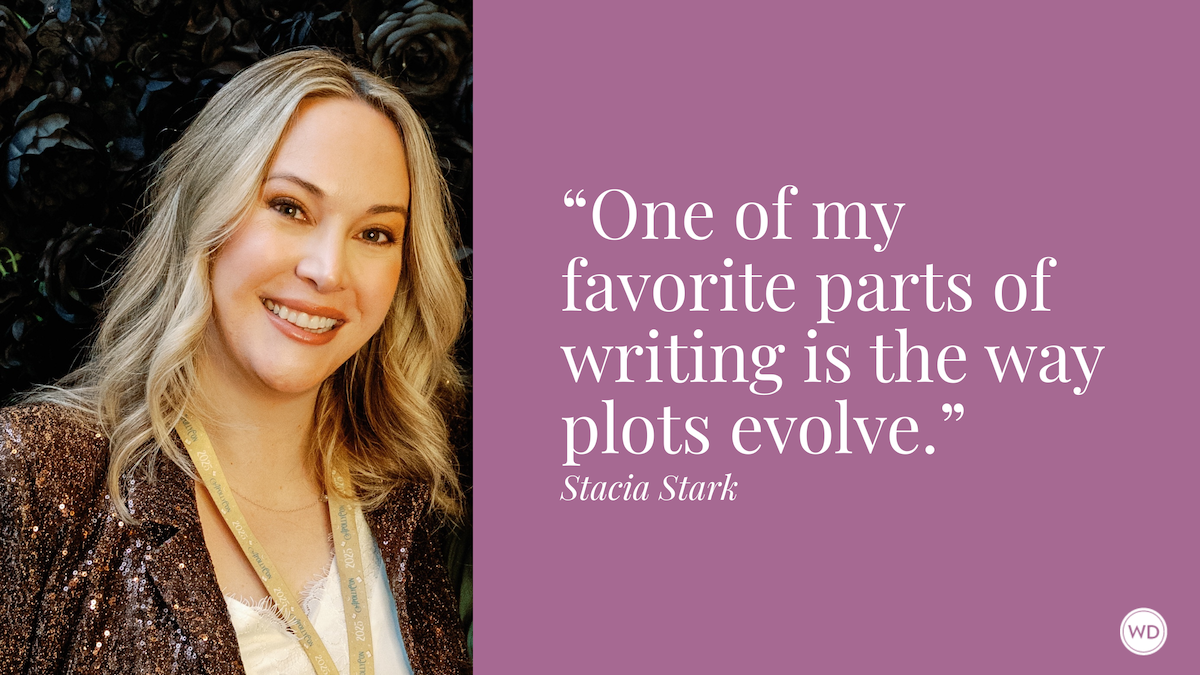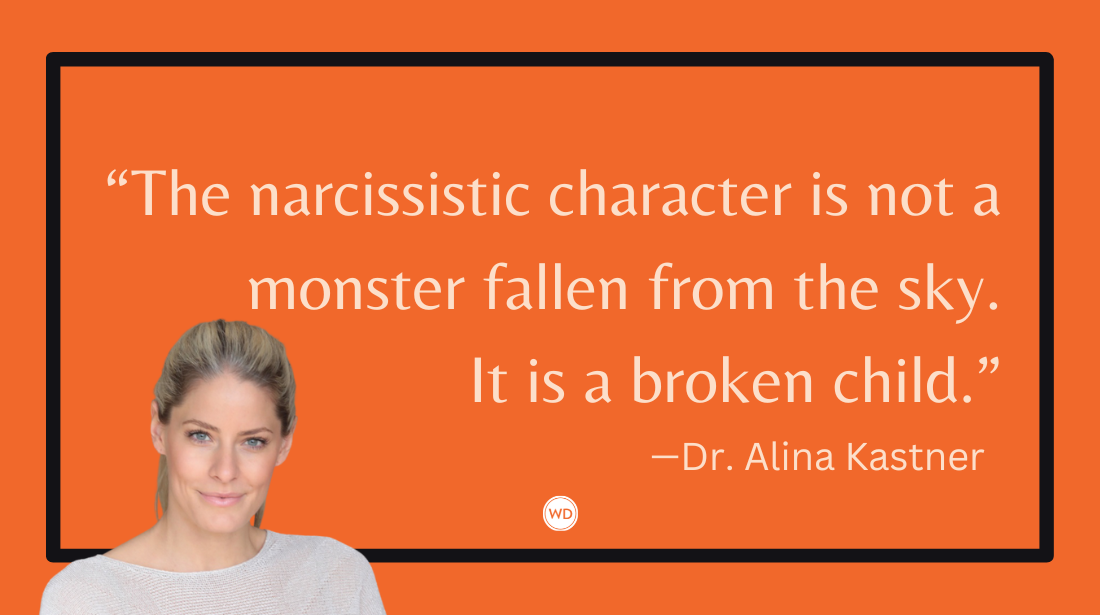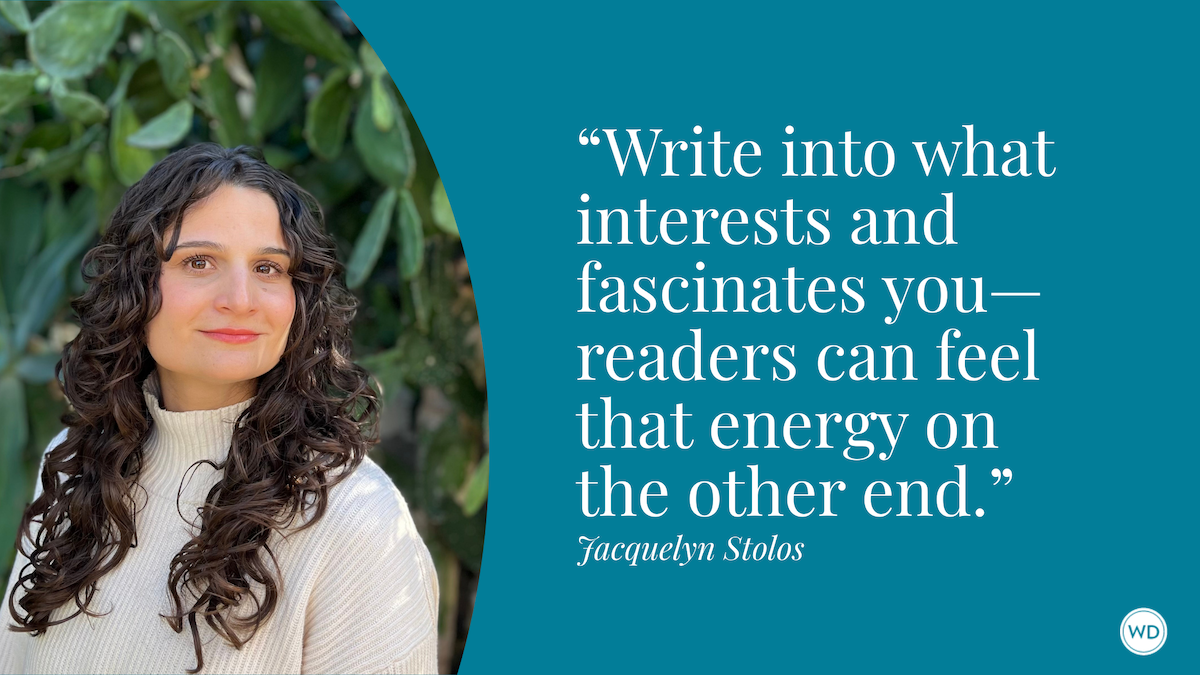What Is World-Building?
You might have heard the term before or are even an expert at it without realizing. WD editor Moriah Richard is here to lay out exactly what world-building is for writers of all genres.
What is world-building?
It’s a question a lot of writers probably know the answer to, even if they haven’t thought about it too deeply. Merriam-Webster explains in an article on their site that “Today, world-building is most often used to describe a component of a work of fiction, much like plot or character; unlike the word setting, world-building emphasizes that the world being created is entirely new.”
But how do you go about building a world? There are thousands of articles, blogs, classes, and spirited debates going on online, in classrooms, and among various writing communities about what world-building is, why it’s important, and how to go about doing it. It’s hard not to get lost in the shuffle.
I want to explore some of these ideas and, hopefully, give you a more complex definition of what world-building is.
What Is World-Building?
Quite simply, world-building is the creation of a world that is different from our own. You can see this most obviously in genres like fantasy and science-fiction, where the writer has created something new and exciting for the reader to delve into. When people think of world-building in fiction, they tend to think of an unknown world.
But I argue that there are plenty of other genres that use world-building to their advantage. Take James Bond as an example. Sure, spy thrillers are usually set in our known world, but they’re also doing a heavy amount of world-building. From Q-branch to super villains, the writers of anything James Bond-related have to marry together both the real world and a slightly fantastical world where the British need their best, nearly invincible spy to take down the latest nefarious plot. There is a level of world-building going on in that universe.
Likewise, while historical fiction is based in fact, the writer still needs to make the setting feel so realistic that the reader doesn’t question the legitimacy of the story. They can fall right into the plot because they understand the mechanics and rules of the technology, society, etc. of that time that constrain the characters.
Why World-Build?
Explore Themes
This is one of the biggest reasons why people create their own worlds—they want to explore themes and ideas that they wouldn’t be able to without the aid of magic or political systems or religions that don’t exist in our known world. For example, Dark and Deepest Red by Anna-Marie McLemore uses magical realism to explore themes of queerness, family, culture, and love. Sure, they would have been able to explore those themes if the novel had been set in our known world, but the addition of magic allowed for the plot to go places it wouldn’t have before, thus asking the characters to confront these themes in ways they couldn’t have otherwise.
Flesh Out Details
When you set your characters in an unknown world, the reader needs to know at least a little about the rules of the world to understand how and why your characters do the things they do. The biggest mistake in world-building is not satisfying the reader; if they’re totally lost or confused, they’ll end up putting down your book. But it’s also used to complicate the plot and add urgency to your narrative. For example, if we didn’t understand that “winter is coming” meant something totally different to the people of Westeros, we wouldn’t understand why that would affect the way the leaders of each nation make their decisions. And if the threat of a long and brutal winter wasn’t bearing down on the nations of Westeros, there would be less of a threat bearing down on the characters.
Make Your Plot Flow
Need an obstacle for your character to overcome or an enemy they didn’t see coming? You can weave those into your plot through your world-building! If your characters are magic-users in a society where using magic is against the law of the church, then that will create obvious tension that you can explore through your story. The possibilities are limitless!
It’s Cool!
It’s also fun. There are whole online communities where writers can get together and chat about what works, what doesn’t, how to put a new twist on an old world-building technique, and what inspires them!
What Does World-Building Entail?
The Physical
This includes all the aspects of your world—whether it’s on a circular planet, how many suns it has, whether it has moons, how many continents it has, if it has deserts, mountains, rainforests, etc.
It’s a good note that your story may not need all of these details. If your characters are confined to a specific area, then your readers don’t need to know how the world works on a technical level. Did readers need to know what was beyond the map’s borders of Middle-earth to understand the plot of the Lord of the Rings series? Nope! The most important details are the ones that will be affecting your characters directly in the scene. What does a place look, smell, and feel like? What kind of sounds are there? These are the details that will help you flesh out your world.
The Metaphysical
These are everything ranging from gods and religion to magic to the supernatural and beyond. These elements will either take your reader from our known world into an unknown world (like with superhero franchises) or will introduce them to an unknown world right off the bat (like most high-fantasy worlds).
The Socio-Political
When world-building, you might need to explain a little about the society your characters live in to make it clear why things are a certain way. In Cemetery Boys by Aiden Thomas, the narrator, Yadriel, makes sure to clue the reader in on what makes the brujx community different from others and why it’s important that Yadriel proves to his family that he’s a brujo. The initial tension of the story relies on these social dynamics. Without making this tension clear to the reader, the story would become confusing and lose its reader.
You can also utilize this aspect of world-building to enrich your plot. In Naomi Novik’s Uprooted, the narrator, Agnieszka, starts out in her small, insular village, but the story follows her to the tower of a local sorcerer and then to the main city of the region, where she is able to get a glimpse of life at court and how the royal family operates. Each of these experiences opens her eyes a little more to the true nature of power and wealth, and she is no longer the naive girl she once was when the story comes to an end.
In Conclusion
World-building can be as complicated or as simple as your story needs it to be. Want a spy who has a fondness for exploding pens? You got it. Need the background of an alien civilization from a distant galaxy to set your story? To infinity, I say. When it comes to enriching the world around your characters, only you know what the limits of your imagination are.
Resources
If you’re ready to start your world-building journey, let WritersDigest.com help! Here are some articles that can help guide you a bit.
Building Better Worlds: Five Tips to Guide Your Planning Process
- Learn Better World-Building Strategies Through World of Warcraft and the New Shadowlands Expansion
- Making Magic, Part 1: Defining and Selecting Magic Systems
- Making Magic, Part 2: Structuring Your Unique System
- Crafting Animal Characters like an Expert
- Building Better Worlds: Select or Create Fantastical Animals









